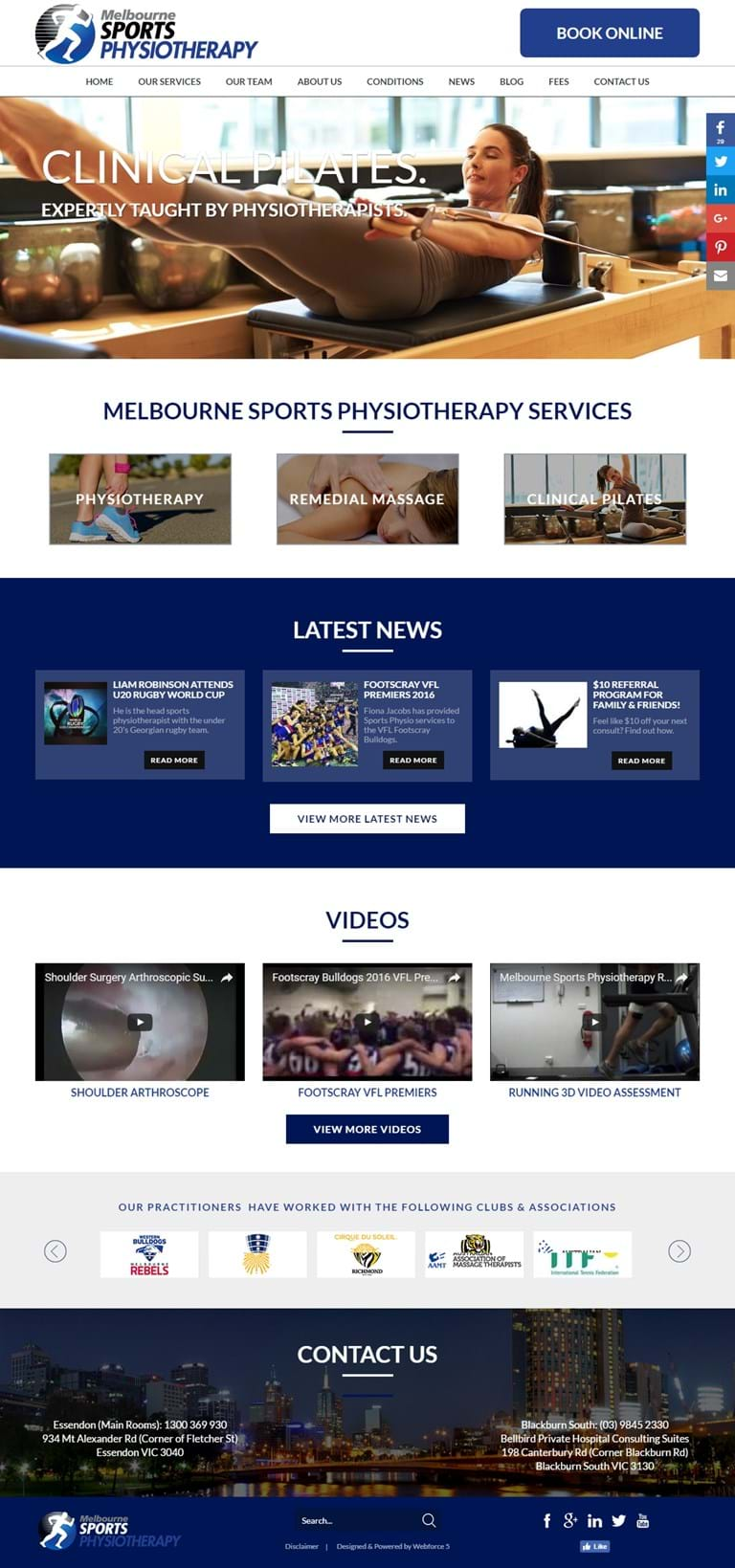The Importance of a Call to Action
by Ben Wilson on February 2nd, 2017
Professional website design aside, one of the most powerful marketing and online tools to have at your disposal is one that converts site visitors into either subscribers or customers: the call to action (CTA).
It invites visitors to make a commitment—whether that entails downloading a brochure, signing up for a newsletter, or buying a product.
Just about every good web page in cyberspace has them – and for a good reason; it establishes a direct connection. If the website is about a house, for instance, a good CTA would allow visitors to 'enter' and be welcomed by the homeowner. Not having a CTA is like not opening the front door at all; eventually, the visitor will leave and probably not come back.
The figures say it all: According to WordStream, a single CTA within an email can increase the click-through rate by 371% and sales by 1617%. The same can be said for Facebook CTAs, as click-through rates increase by 285%. Figures from Grow & Convert also reveal that no matter where on the website the CTA is located, it is bound to increase conversion rates. A CTA not only extends a business's reach but also strongly impacts company revenue.
Types of Call To Action
A CTA can take several forms. One of the most common types is the lead-generating CTA, which is often on a home page. It allows visitors to download a freebie in exchange for their email address. Another popular type is the 'Read More' button found in content feeds like blogs. The great thing about this kind of CTA is that it reveals which posts have the most traction with visitors. Then there are product or service discovery CTAs, which are buttons that allow prospects to see the product’s features or even request a demo. Social media sharing CTAs are also rapidly gaining ground since they allow posts to be shared and sometimes become viral.
More than the type of CTA, however, its placement is essential. Having multiple CTAs (even on a single page) is not necessarily overkill. As a matter of fact, the more CTAs there are, the more likely the visitor is to convert. According to Grow & Convert, CTAs on home pages can increase conversion rates by as much as 25%, while personalized CTAs can convert 42% more visitors than untargeted ones. A CTA needs to be both obvious and prominent. Eye-catching colour and bold text are pretty much standard practice nowadays.
Tracking Call's To Action
Putting CTAs on a website is only half the job done. Continuously monitoring their success is equally important, as this can help create more efficient promotion of products and services. It is impossible to know how successful a CTA has been if it isn’t being tracked. Google Analytics will do this; setting up goals allows one to monitor performance. Other tools include Google's URL Builder and Bit.ly.
The Web Force 5 custom website design solution has an intuitive and easy content management system with advanced functionality that allows website owners to add truly effective CTA's to their websites—without even breaking a sweat.
Get in touch with us to find out more about the Web Force 5's content management system.

